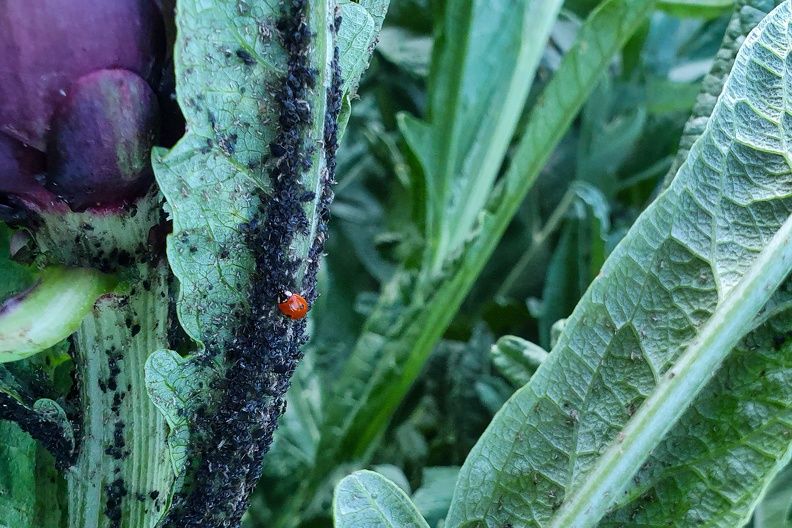New EU Regulation Sets Rules for Unacceptable Co-Formulants in Plant Protection Products: What It Means for Professional Users

The European Union has recently implemented a new regulation that sets out detailed rules for the identification of unacceptable co-formulants in plant protection products and provides a list of co-formulants that are considered unacceptable for use in plant protection products. The Regulation also requires manufacturers and importers of plant protection products containing co-formulants to submit data and information for the evaluation of these substances. Additionally, the Regulation specifies procedures for the evaluation of co-formulants and their potential risks. The list of unacceptable co-formulants may be updated over time as new scientific evidence emerges. The Regulation applies to all plant protection products used in the European Union, regardless of their country of origin.
What are co-formulants?
Co-formulants are substances that are added to plant protection products (i.e., pesticides) in order to enhance their performance, stability, or other properties. They are typically added to the active ingredient of the product, which is the substance that actually controls the target pest or disease.
Co-formulants can serve a variety of functions, depending on the specific product and its intended use. For example, they may act as surfactants, which help to spread the product evenly over the target surface. They may also act as emulsifiers, which help to mix together substances that would otherwise be immiscible (e.g., oil and water). Other common co-formulants include solvents, stabilizers, and colorants.
What is the goal of the regulation?
The regulation establishes criteria for identifying unacceptable co-formulants and provides a list of co-formulants that are considered unacceptable for use in plant protection products. It also requires manufacturers and importers of plant protection products containing co-formulants to submit data and information for the evaluation of these substances. Additionally, the regulation specifies procedures for the evaluation of co-formulants and their potential risks.
The list includes several co-formulants that have been identified as potentially harmful to human health or the environment. Some examples of these co-formulants include substances such as nonylphenol ethoxylates, alkylphenol ethoxylates, and phthalates. These substances have been linked to a range of negative health effects, including endocrine disruption and reproductive toxicity.
Other co-formulants on the list include substances such as pyrethroid synergists and organophosphates, which are known to be highly toxic to bees and other pollinators. These substances have been implicated in the decline of pollinator populations around the world, and their use has been a source of controversy in recent years.
It's worth noting that the list of unacceptable co-formulants may be updated over time as new scientific evidence emerges. The regulation includes provisions for the ongoing evaluation and review of co-formulants, with the aim of ensuring that only safe and effective products are used in plant protection.
What does this mean for professional users?
So what does this new regulation mean for professional users of plant protection products? Firstly, it's important to note that the regulation applies to all plant protection products used in the European Union, regardless of their country of origin. Therefore, professional users of plant protection products in the EU will need to ensure that the products they use comply with the new regulations.
Professional users of plant protection products will also need to be aware of the new criteria for identifying unacceptable co-formulants. These criteria include factors such as the potential for endocrine disruption, carcinogenicity, and reproductive toxicity. If a co-formulant in a plant protection product is identified as unacceptable under these criteria, the product will be prohibited from use.
In addition, the regulation requires manufacturers and importers of plant protection products containing co-formulants to submit data and information for evaluation. Professional users of these products will need to ensure that the products they use have been evaluated and approved under the new regulations.
Finally, it's worth noting that the new regulation may lead to the development of new plant protection products that do not contain unacceptable co-formulants. This could provide professional users with a wider range of products to choose from, while also ensuring that the products they use are safe for human health and the environment.

